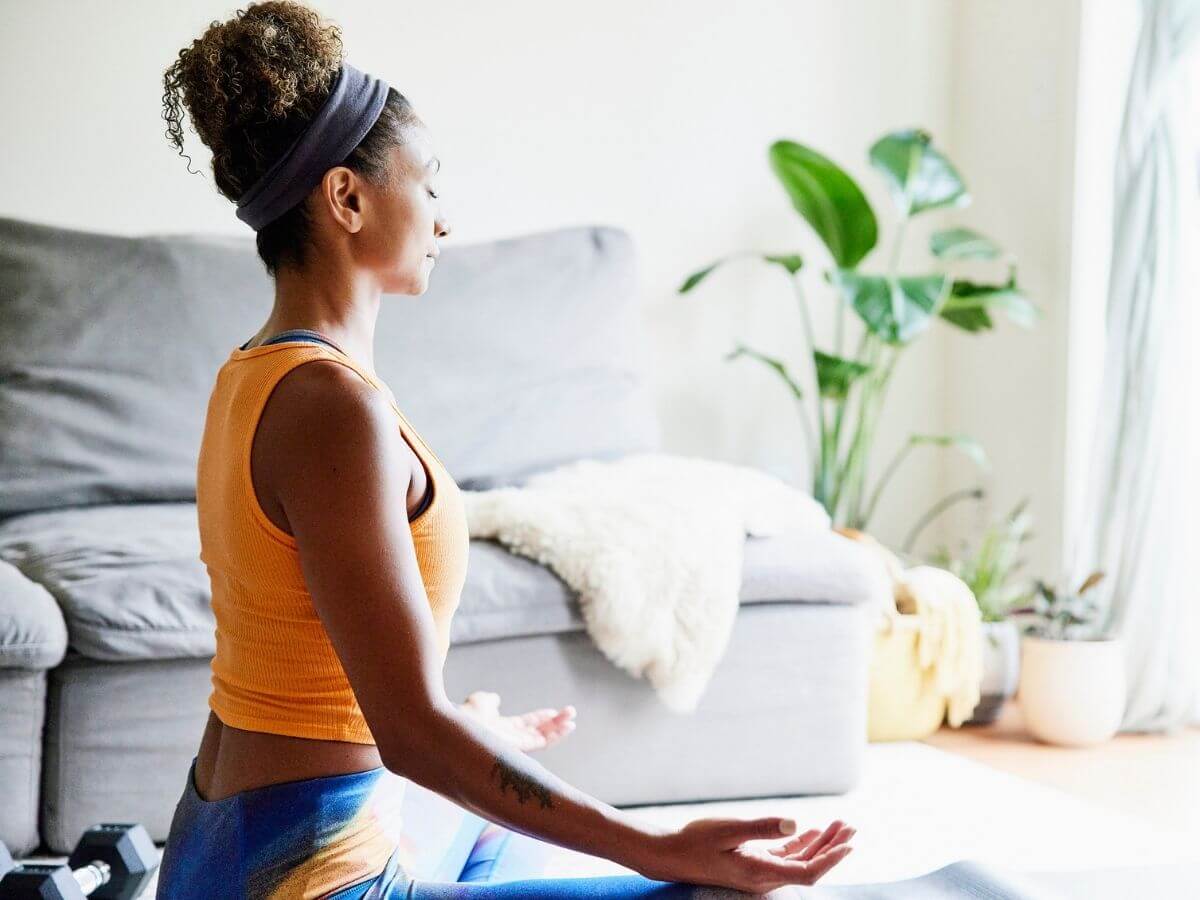5 Practical Tips to Cultivate Mindfulness

Mindfulness is the practice of being very aware of what you’re doing and sensing right now. This is often referred to as being fully “in the moment.”
Clinical trials suggest that practicing mindfulness regularly can improve several physical and mental health conditions, including:
Mindfulness is also being studied as a treatment for fibromyalgia and asthma.
What Is Mindfulness Meditation?
In the simplest terms, mindfulness meditation is time you set aside throughout your day to be especially mindful of what you’re currently experiencing. Those sessions can be brief and still help you live more mindfully in general.
One of the great things about mindfulness meditation is that it’s easy to do, wherever you are and whenever you have a few minutes to spare. No equipment, special setting, or instruction from a meditation teacher is required.
An Example of Mindfulness
To experience mindfulness, try the following. The next time you wash your hands, focus only on what you’re doing — the warmth of the water, the appearance of the bubbles, the slippery feeling of your hands gliding over one another, etc.
If you’re successful at keeping your attention on those physical sensations, you’ll realize something when you’re through: For a short time, the stressors in your life weren’t affecting you. They hadn’t been resolved, of course, but they weren’t having the kind of negative impact they often do.
Therein lies the benefit of mindfulness! You can and should take action to reduce or resolve your stressors. But when you’re not actively working on that, living mindfully helps minimize unnecessary stress and worry in your life.
And that applies to stressors large and small. Let’s say you’ve got five errands to run this afternoon before you pick up your kids at school. The errands aren’t difficult, but simply running through the list of them in your head over and over to confirm that you can complete them in time to get to the school creates stress. Living more mindfully means ensuring that you’re prepared for the afternoon’s activities, but then turning your attention to the world around you.
Never Miss a Beat
Get the health and wellness news that matters most delivered straight to your inbox. Subscribe to our free email newsletter to stay up-to-date on the latest news and more.
How to Live More Mindfully
Use the five tips below to build your “mindfulness muscles” and improve your ability to stay in the present moment. Be patient as you work on this. Give yourself six months or more to start seeing the benefits.
- Focus on physical sensations first. The handwashing example above is a mindful activity that’s easy to do. Later, you may want to practice “sitting meditation,” where you focus only on your breathing. But to start, just try to be more present periodically throughout your day.
- Watch but don’t engage with distracting thoughts. The goal of mindfulness and mindfulness meditation isn’t to eliminate all distracting thoughts. That’s virtually impossible. Instead, you’re developing the skill of “seeing” your thoughts without latching on to them. That can seem like an odd concept at first, but in time, it can become second nature. So, you’re washing your hands and focusing on the sensations when the thought of a difficult task you have to accomplish later pops into your mind. Your response is, “Oh, there’s a thought. Now, back to my hands.”
- Set modest goals. Mindfulness is easy to practice but not so easy to master. When you’re first trying to be more mindful, it may be difficult to be mindful for more than a few seconds at a time. Your mind will naturally wander. That’s OK. Little by little, a few seconds will become several seconds and then a minute and then multiple minutes. Even then, thoughts will intrude on your mindfulness, but you’ll simply acknowledge them and let them dissipate.
- Experiment with different types of mindfulness. There are several ways to practice mindfulness. For example, some people perform a “body scan” as a way to be more mindful. They focus their attention on a particular part of the body and the sensations there, then move on to another part — big toe, other toes, sole of the foot, ankle, etc. Practicing mindfulness outdoors and engaging your senses to experience the sounds, smells, etc. around you can also be refreshing. Mindful walking is another option. Walk a path that’s 20 feet or so in length, turn when you reach the end, return to your starting point, and repeat. Focus on all the sensations of walking — the pressure increasing and then decreasing on the different parts of your foot, gravity pulling downward on your arms as they move, and so forth.
- Practice acceptance. It’s normal to judge our experiences. The water isn’t warm enough, your shoes are a little too tight as we walk, etc. Unfortunately, judging often leads us down the path to other distracting thoughts. “I should buy a new pair of shoes. But can I afford a new pair? Maybe after I get my next paycheck.” As much as possible, try to accept experiences as they are. You should also work on accepting yourself and your meditation efforts. You’re working on being more mindful, and that’s what matters.
Learn About Behavioral Health Services at Baptist Health
Mindfulness meditation is an effective practice for improving your mental and emotional health. And it’s just one of many tools available to you. Learn about the behavioral health services we offer at Baptist Health. If you don’t have a healthcare provider, you can find one near you using our online provider directory.
Next Steps and Useful Resources
Find a Provider
Can Exercise, Breathing Techniques and Meditation Improve Anxiety?
Radical Acceptance: Youth and Mental Health
10 Ways to Manage Frustration That the Pandemic Isn’t Over Yet



